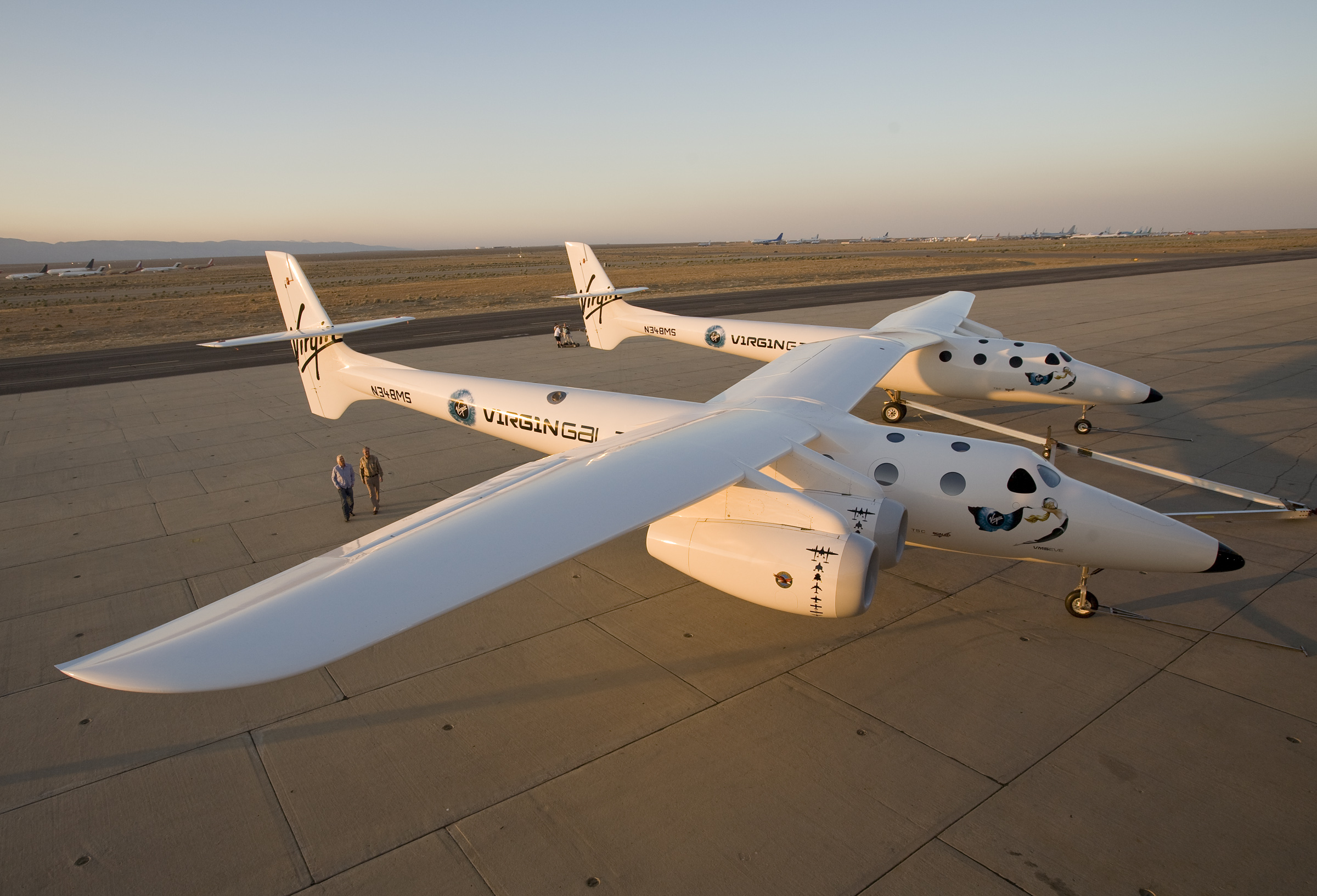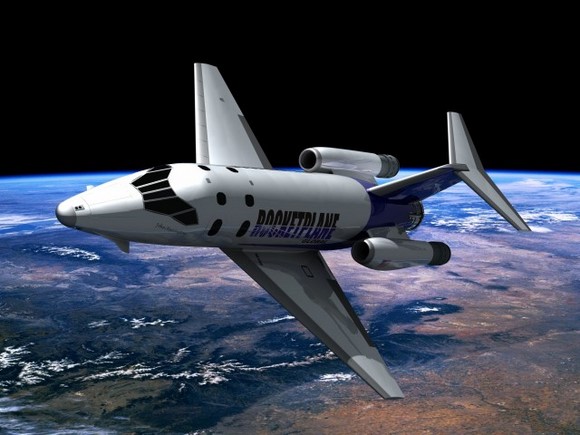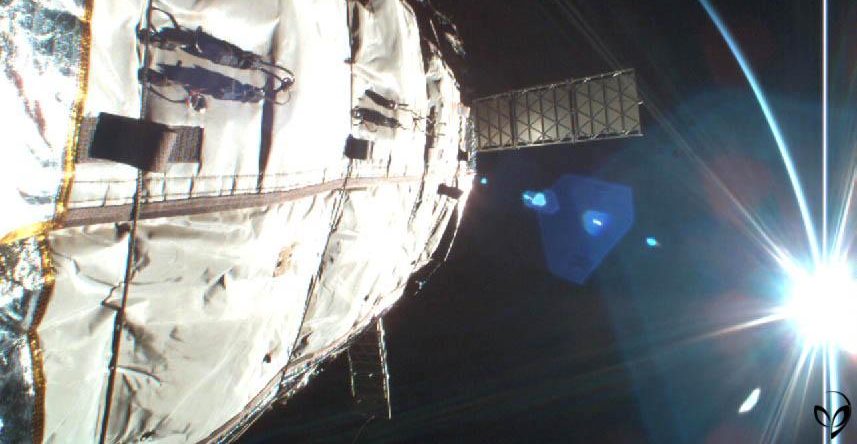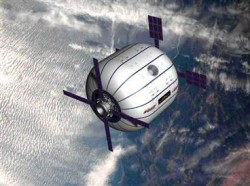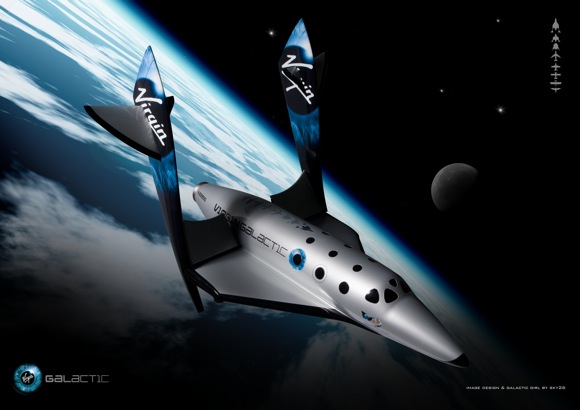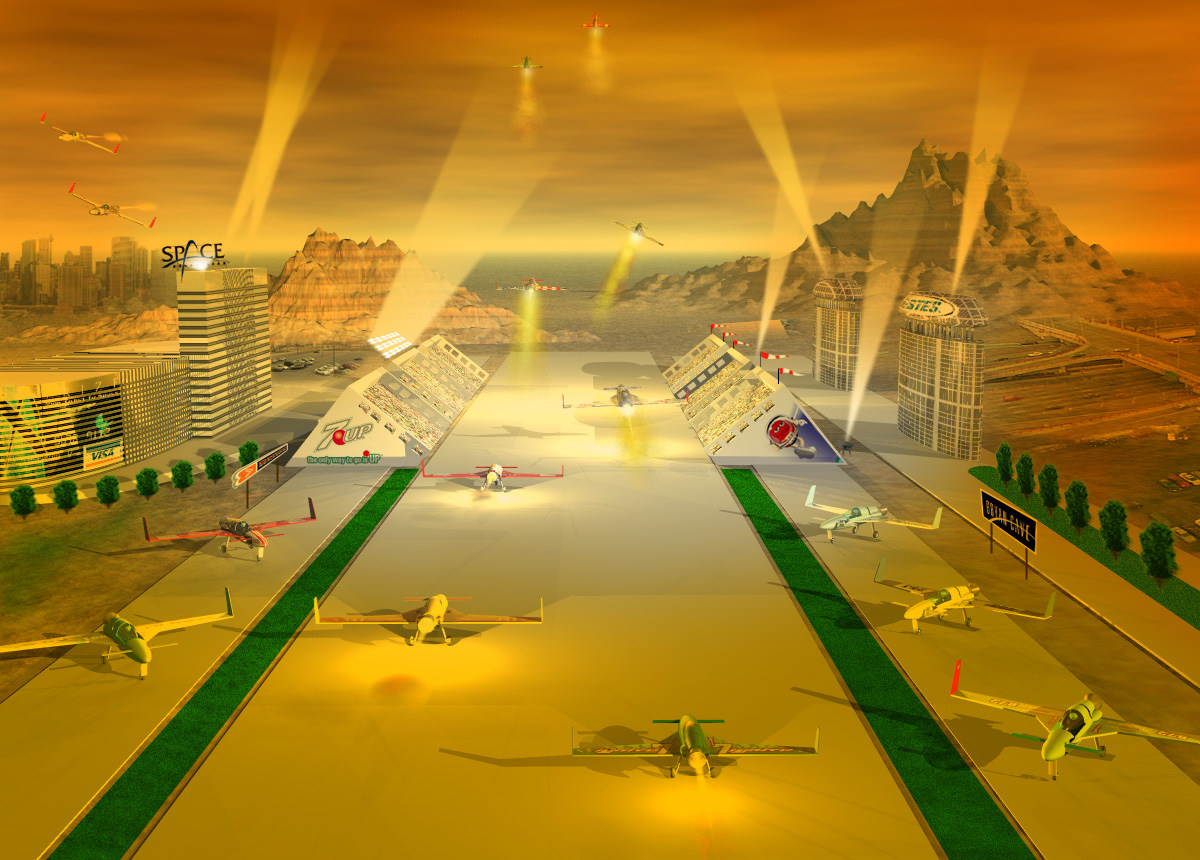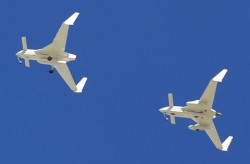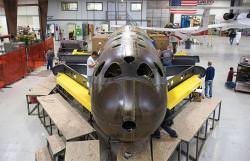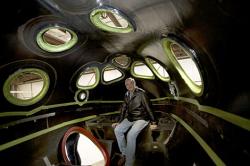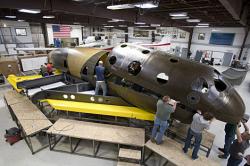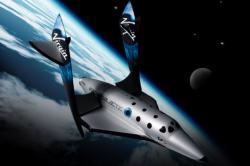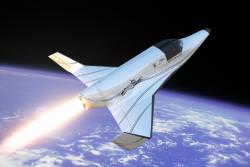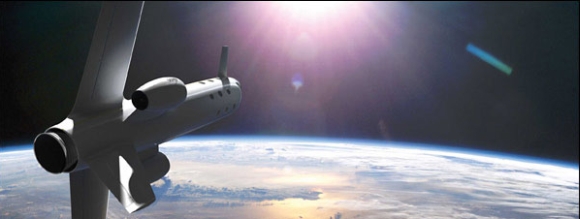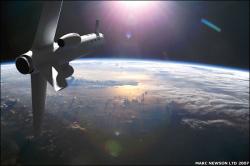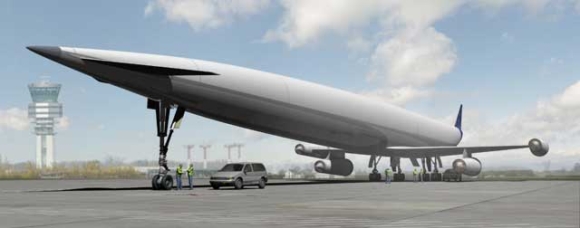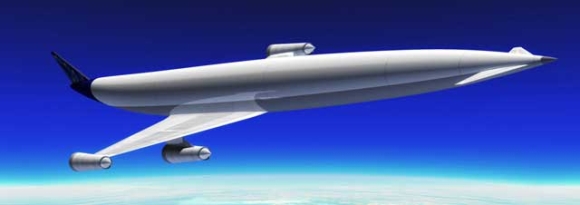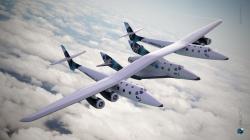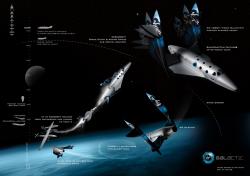[/caption]
Early this morning in the Californian Mojave Desert, Richard Branson and Burt Rutan unveiled the completed Virgin Galactic Mothership “Eve,” the first time this highly secretive project has seen the light of day. This is a significant moment for both Virgin Galactic and Scaled Composites, the company that built Eve, as it shows space tourism is only a heartbeat away. Now we await the completion of SpaceShipTwo that is expected to begin test flights with Eve by 2009.
The rollout represents another major milestone in Virgin Galactic’s quest to launch the world’s first private, environmentally benign, space access system for people, payload and science. – Virgin Galactic rollout press release (July 28th).
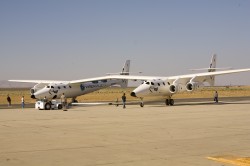
Eve is a large aircraft, with a wing span of 140 feet (42.7 meters), constructed from the world’s longest single carbon composite aviation component ever manufactured. Eve is basically a flying wing with two fuselages plus four efficient Pratt and Whitney PW308A engines attached. During operational flight sometime late 2009 or early 2010, it is hoped the mother ship will fly four times a day, carrying SpaceShipTwo up to 50,000 ft (9.5 miles) high. Once the aircraft reaches 50,000 ft, the spaceship will detach and ignite its rocket engines, blasting six fee-paying space tourists and two pilots to an altitude of around 360,000 feet (68 miles). This is considered to be the edge of space, allowing the SpaceShipTwo occupants five minutes of weightlessness before starting their journey back to Earth.
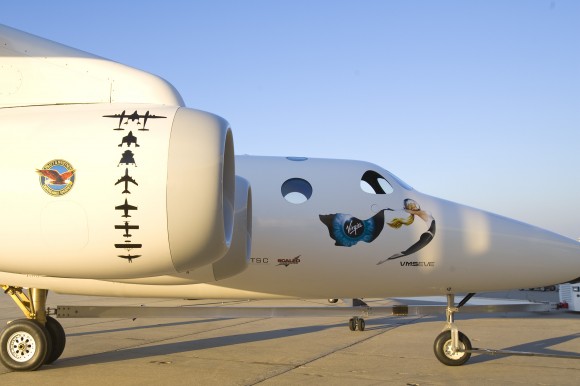
Today’s rollout onto the airstrip of Mojave Air and Space Port was witnessed by government officials, business partners and the future Virgin Galactic space tourists. Eve, named in honour of Branson’s mother, is the first WhiteKnightTwo aircraft of two that are on order with Scaled Composites. A total of five SpaceShipTwo’s are expected to complete the fleet.
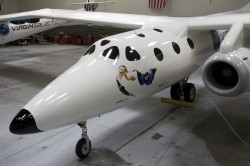
Today’s press release also states: “Driven by a demanding performance specification set by Virgin Galactic, WhiteKnightTwo has a unique heavy lift, high altitude capability and an open architecture driven design which provides for maximum versatility in the weight, mass and volume of its payload potential. It has the power, strength and maneuverability to provide for pre space-flight, positive G force and zero G astronaut training as well as a lift capability which is over 30% greater than that represented by a fully crewed SpaceShipTwo.”
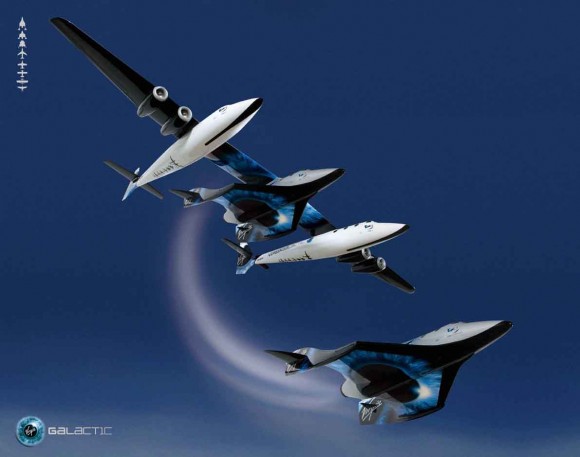
Fights with Virgin Galactic currently cost a hefty $200,000, but this ticket price is likely to fall in time. Over 200 tickets have already been sold. Initially, the company is offering sub-orbital space flights, but eventually Branson wants to push one stage further and begin offering tourists orbital space flight. The entrepreneur has even more optimistic ideas for his future space tourist empire including sending people into space during an aurora, space hotels and trips to the Moon. To be honest, I’d be excited to try out that rocket ride into space after the leisurely flight attached to WhiteKnightTwo…
Sources: Virgin Galactic, ITWire

